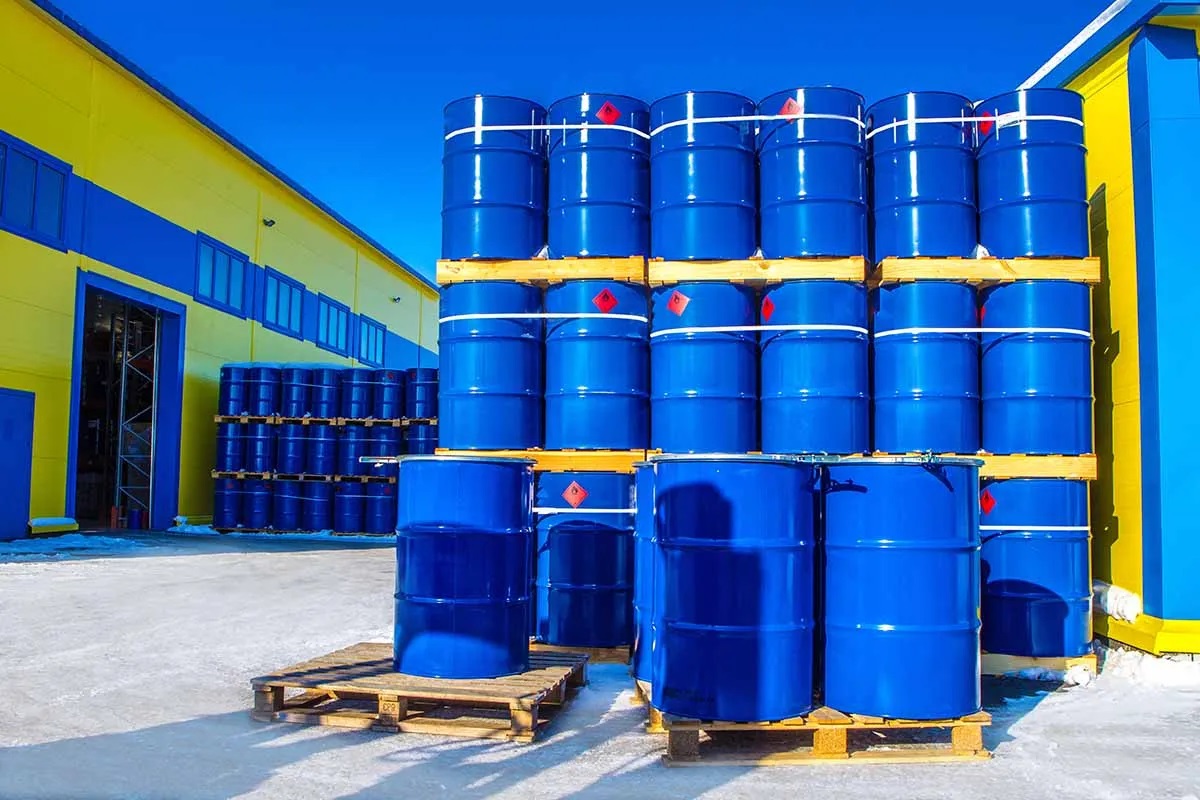
Best Materials for Fuel Drums and Petrol Containers: Stainless Steel vs. Plastic
When it comes to industrial fuel storage, choosing the right material for your fuel drums and petrol containers is critical. Both stainless steel jerrycan and plastic jerrycan options are widely used across industries, but which one is best for your specific needs? The answer depends on factors like durability, safety, cost, and compliance.
This guide explores the advantages and disadvantages of stainless steel and plastic fuel storage solutions, helping you make an informed decision for your operations.
1. Overview of Fuel Drums and Petrol Containers
- Fuel Drums: Large-capacity storage units, typically ranging from 60 to 220 liters, used for storing diesel, petrol, or other fuels in bulk.
- Petrol Containers: Smaller, portable units designed for storing and transporting petrol in compliance with strict safety regulations.
Both are vital in industries like construction, mining, agriculture, logistics, and emergency fuel management.
2. Stainless Steel Fuel Drums and Petrol Containers
Advantages:
- High Durability: Resistant to extreme weather conditions, corrosion, and mechanical impact.
- Long Lifespan: Stainless steel containers often last decades with proper maintenance.
- Better Chemical Resistance: Suitable for a wide range of fuels, including biofuels.
- Enhanced Safety: Less prone to punctures and leaks, reducing the risk of contamination.
Disadvantages:
- Higher Initial Cost: Stainless steel fuel drums and petrol containers are more expensive upfront.
- Heavier Weight: Makes them less convenient for frequent transportation.
Ideal Use Cases:
- Long-term stationary fuel storage
- Harsh industrial environments (construction, mining, offshore)
- High-value fuels or chemicals
3. Plastic Fuel Drums and Petrol Containers
Advantages:
- Cost-Effective: Lower purchase cost compared to stainless steel.
- Lightweight & Portable: Easy to transport and handle manually.
- Corrosion-Resistant: No risk of rusting.
- Compliant with Standards: Many high-density polyethylene (HDPE) containers meet UN and ADR regulations for fuel transport.
Disadvantages:
- Shorter Lifespan: Prone to wear, UV degradation, and cracking over time.
- Limited Temperature Resistance: Can deform in extreme heat or cold.
- Higher Risk of Permeation: Fuel vapors can sometimes pass through cheaper plastics.
Ideal Use Cases:
- Short-term fuel storage
- Remote worksite fueling
- Agricultural and commercial petrol handling
4. Stainless Steel vs. Plastic: Which Is Better?
The decision between stainless steel and plastic for fuel drums and petrol containers depends on your priorities:
- For Durability & Longevity: Choose stainless steel.
- For Cost & Portability: Plastic is the practical choice.
- For Industrial Heavy-Duty Use: Stainless steel is safer and more reliable.
- For Temporary or Mobile Operations: Plastic containers offer convenience and compliance.
5. Safety and Compliance Considerations
Regardless of material, always ensure your fuel storage solutions:
- Meet UN or ADR regulations for transporting hazardous liquids.
- Include safety features like spill-proof caps, ventilation systems, and grounding for static discharge.
- Are regularly inspected for leaks, corrosion, or wear.
Proper labeling and staff training also reduce the risk of accidents and environmental hazards.
Conclusion
When it comes to fuel drums and petrol containers, both stainless steel and plastic have their place in industrial fuel management. If you need long-term, heavy-duty, and secure storage, stainless steel is the superior choice. However, for temporary, portable, or cost-sensitive operations, plastic containers are highly effective.
At GoldRock InfraTech, we provide premium-quality fuel drums and petrol containers made from both stainless steel and high-grade plastics, designed to meet the needs of modern industries.


















